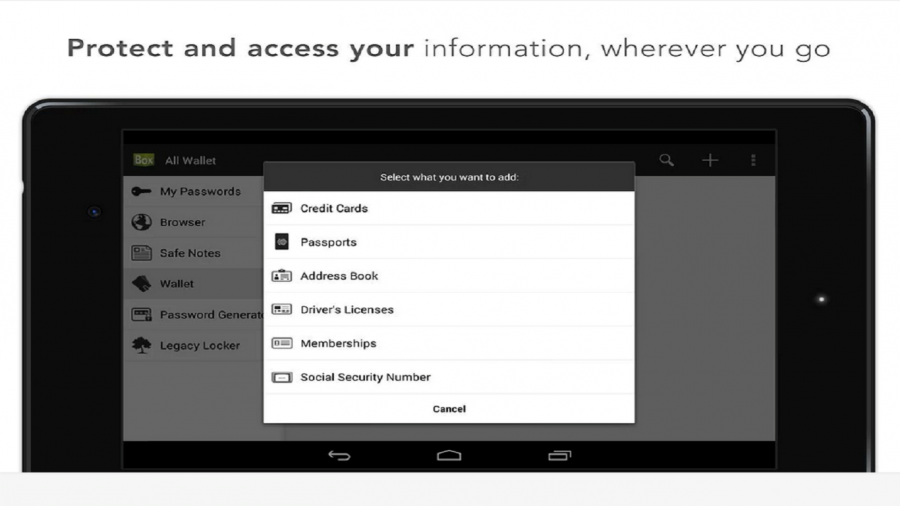

Kendo UI MVVM initialization is not designed to be combined with the Kendo UI server wrappers. The Kendo UI MVVM component is an implementation of the MVVM pattern which seamlessly integrates with the rest of the Kendo UI framework-Kendo UI widgets and Kendo UI DataSource. The View-Model part of the MVVM is responsible for exposing the data objects from the Model in such a way that those objects are easily consumed in the View. Model View ViewModel (MVVM) is a design pattern which helps developers separate the Model, which is the data, from the View, which is the user interface (UI).
#TELERIK PASSWORDBOX MVVM TRIAL#
Now, if user typed wrong values - DoubleProperty will be null.Download free 30-day trial MVVM Pattern Overview If(!double.TryParse((string)value, out result))įinally, you can use it: xmlns:converter="clr-namespace:" Public object ConvertBack(object value, Type targetType, object parameter, culture) It can looks like this: public object Convert(object value, Type targetType, object parameter, culture) Then create converter class implemented IValueConverter. Return !Validation.GetHasError(obj) & LogicalTreeHelper.GetChildren(obj).OfType().All(IsValid) įirstly you should declare DoubleProperty as Nullable: public double? DoubleProperty Private bool IsValid(DependencyObject obj)

#TELERIK PASSWORDBOX MVVM CODE#
Like so: Īnd in the code behind private void Save_CanExecute(object sender, CanExecuteRoutedEventArgs e)Į.CanExecute = IsValid(sender as DependencyObject) To prevent the submit button from being enabled you can add a CanExecute event to it that checks if the wpf window is valid. Once you add a validation rule the text box will raise an error on the text field if your ValidationRule class says its not a valid value. Return new ValidationResult(canConvert, "Not a valid double") Public override ValidationResult Validate(object value, cultureInfo)īool canConvert = double.TryParse(value as string, out result) Here is a sample NumberValidationRule public class NumberValidationRule : ValidationRule In the above example you need to define a class NumberValidationRule that inherits ValidationRule. This will prevent the user from being able to press the Submit button unless a valid value is entered thereby eliminating your need to check if the DoubleProperty value is valid or not upon submit because it will only be valid when the submit button is enabled. You can attach a Validation Rule to the binding of the textbox that checks if the value is a valid double. How can I perform this validation correctly? Should I bind it to a string property so that I can get the entered text, and try to parse it to a double value to see if the input is correct? Or is there a better way of doing this? Therefore, I'm unable to figure out if the user has actually entered a value of 0 or if there has been an incorrect input. As the Text property of the textbox is bound to a property of type double in the ViewModel, the ViewModel property contains the default value, 0.0, and I'm unable to find out the text entered by the user. However, the user can still go ahead and click on Submit to invoke a ViewModel command. If I now enter a text value (say, abc) in the textbox, upon losing focus, the textbox is highlighted indicating an incorrect value.

I have a textbox, which is bound to a property in my ViewModel of type double with a default value of 0.0. I'm creating a WPF application using MVVM.


 0 kommentar(er)
0 kommentar(er)
